Planning, proposals and project talks for essential metro rail connectivity continue as Long Thanh International Airport speeds towards an accelerated December 19, 2025 operational deadline.
The 5,000-hectare airport in the country’s southeastern Dong Nai province, if delivered in line with the government’s ambitions, is slated to become a “mega airport” and regional hub of the Southeast Asian region. Reports cite the airport will have capacity to receive 100 million passengers and 5 million metric tons of cargo annually once all three phases of the airport come online – likely after 2035.
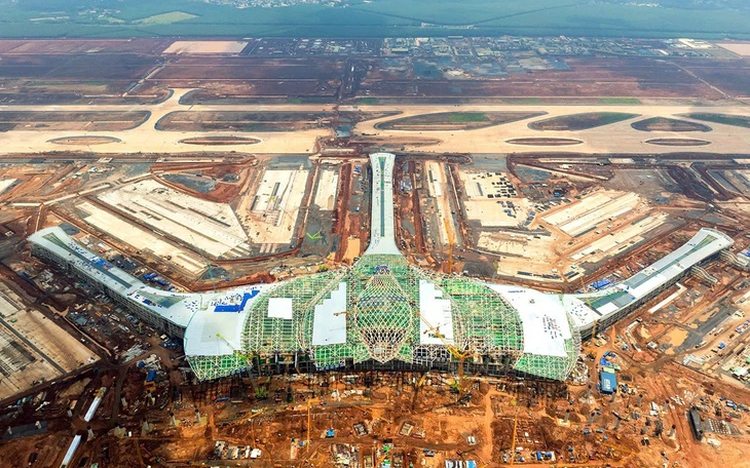
But commentators are united on concerns regarding the progress of linking infrastructure. Given its location 40 kilometers east of Ho Chi Minh City (HCMC), there’s a real risk the airport could become a “useful-but-underutilized” facility if options for rail connectivity to HCMC aren’t made available for both passengers and logistics carriers within an appropriate time frame from flights being transferred across from the existing Tan Son Nhat Airport.
In our previous Long Thanh update, construction ran 24/7 “through sun and rain” and “three shift, four crew” weekends to meet a fast-closing timeline for the airport to receive its first commercial flight.
In today’s update, we assess the latest on the state of Long Thanh Airport’s rail links.
Approval for study of potential extension of HCMC Metro Line 1 to Long Thanh
In early September 2025, local media reported Dong Nai provincial authorities had granted approval for investors to begin studying a potential expansion of HCMC’s Metro Line No. 1 to Dong Nai’s central ward of Tran Bien and Long Thanh Airport.
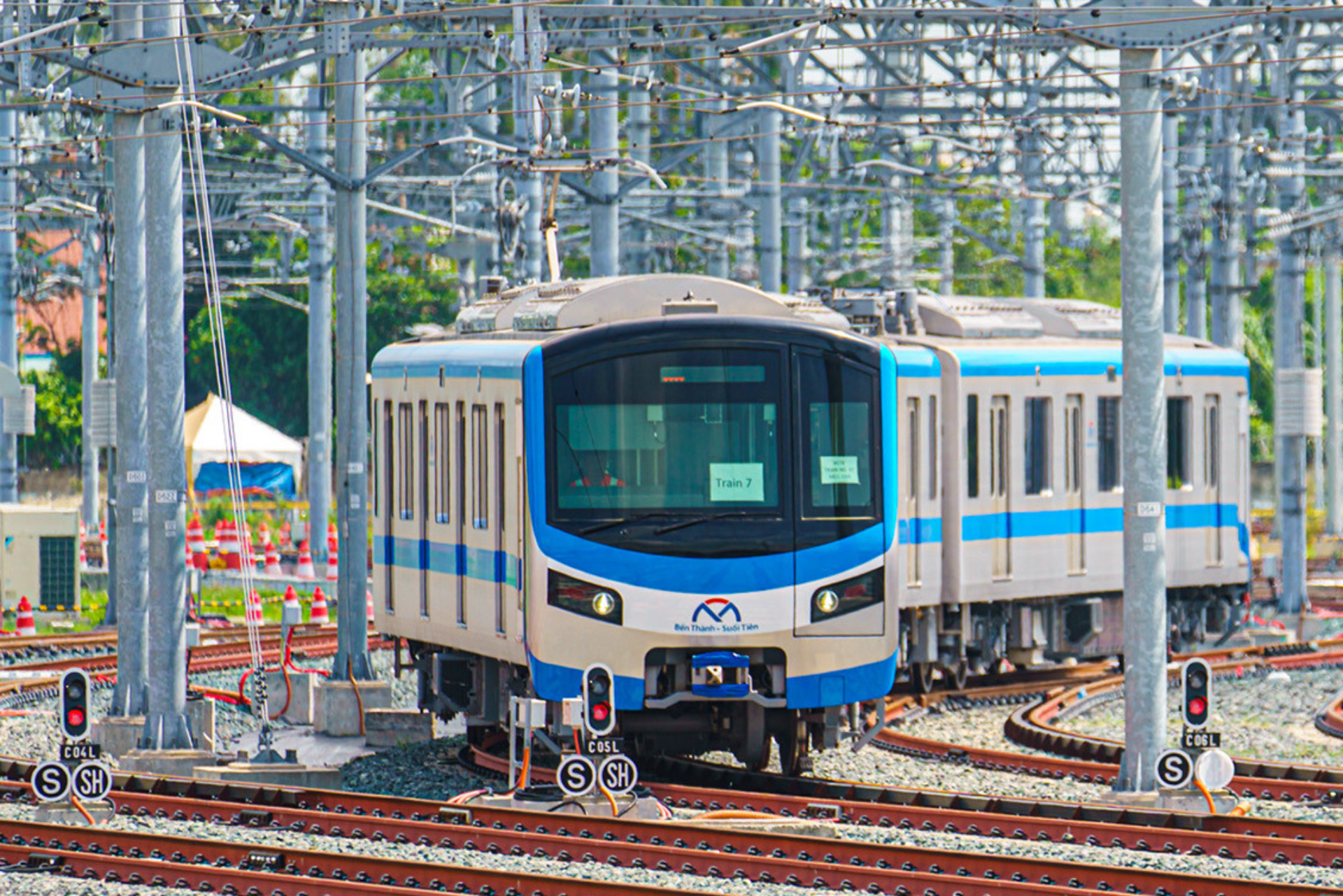
The proposal from DonaCoop Infrastructure Investment JSC and VinaCapital Group, drawn up under a public-private partnership (PPP) model, allows the consortium to conduct research on a three-section rail extension, with associated costs and risks covered by the joint venture in the event the proposal is ultimately rejected.
Local media cites estimates the project will cost around VND 65 trillion (USD $2.26B) without accounting for land compensation and clearance costs.
Vietnam News reports construction would take four to six years – once land compensation and clearance is completed.
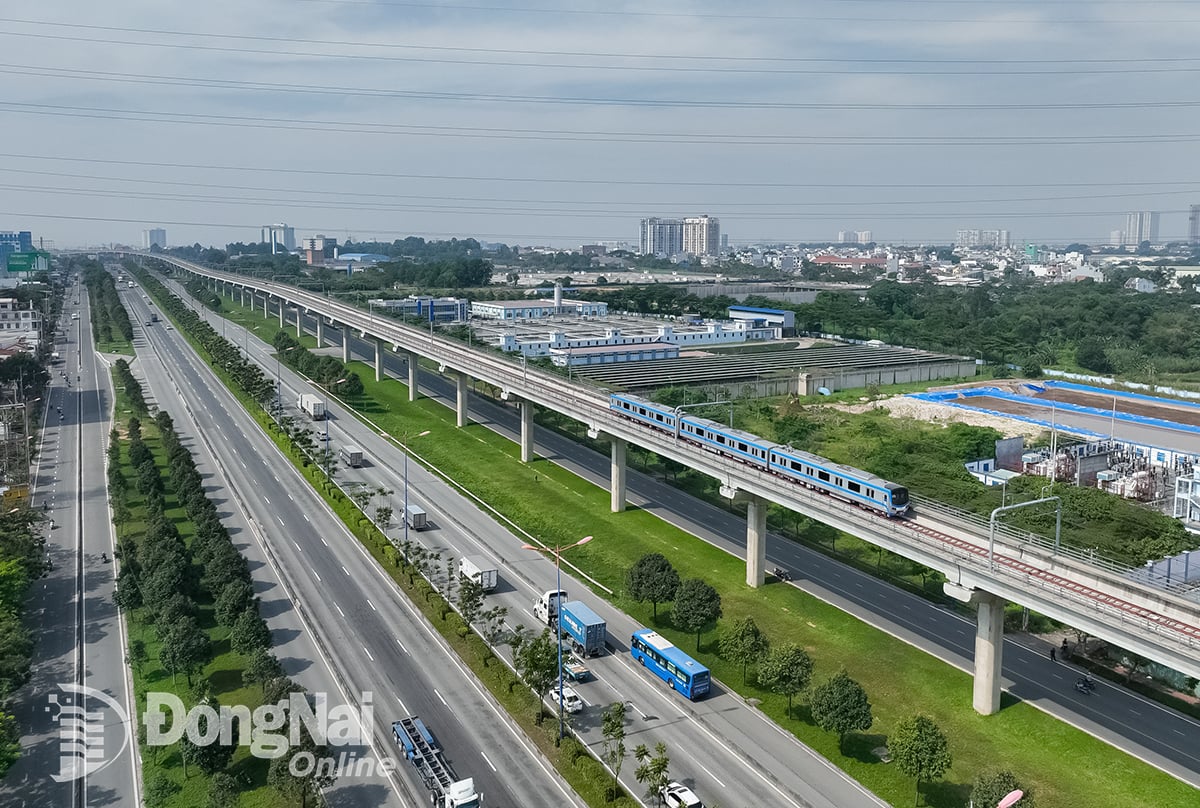
Departments, documents, delays
Despite the urgency of the project, complications with one 2-kilometer route option which proposes to cut through defense land for the Long Thanh Airport connection is reportedly causing issues with documentation related to multi-agency approvals.
The alternative is a longer circumventing route of more than 4 kilometers.
One local outlet quoted the Vice Chairman of Dong Nai Provincial People’s Committee lamenting to the investor consortium that the “preparation of investment documents for the Ben Thanh–Suoi Tien metro line extension to Long Thanh Airport was still slow” despite the project’s unequivocal need.
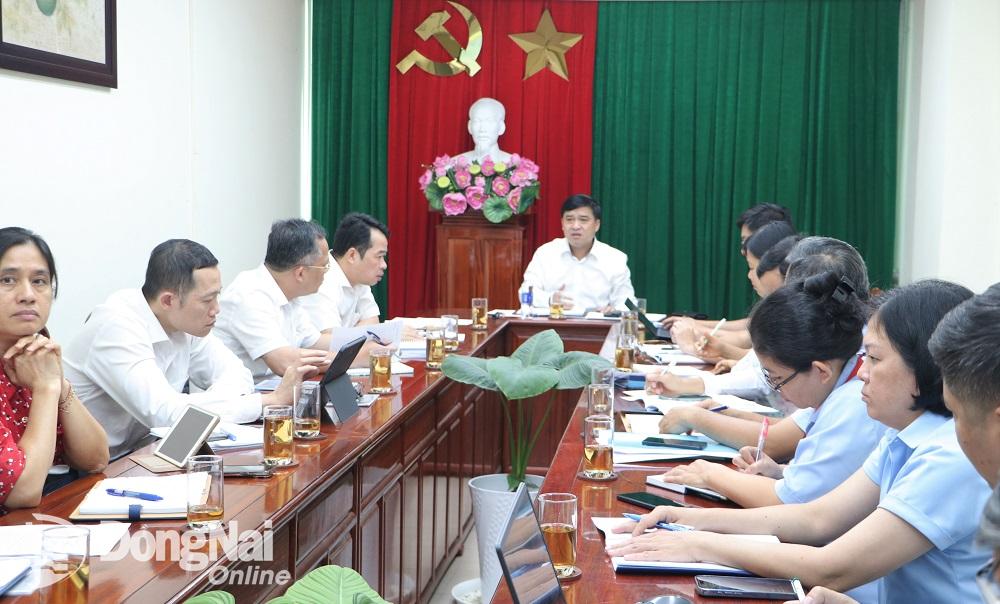
At an investor meeting in early September, Vice Chairman Ho Van Ha reportedly urged closer coordination with the Department of Construction to complete investment documentation advising the provincial People’s Committee to cooperate with the Ministry of National Defense on the proposed option passing through military land.
Submission of those project documents is expected within the month.
Critical connectivity challenges continue
The extension of HCMC’s Metro Line 1 is reportedly just one of four planned rail lines expected to provide connectivity from the city center to Long Thanh.
Two other lines – the 11-kilometer Metro Line 2 (Ben Thanh–Tham Luong) and 6.8-kilometer underground Metro Line 6 - are cited in plans to connect Tan Son Nhat Airport to the Thu Thiem–Long Thanh railway outside Long Thanh Airport.
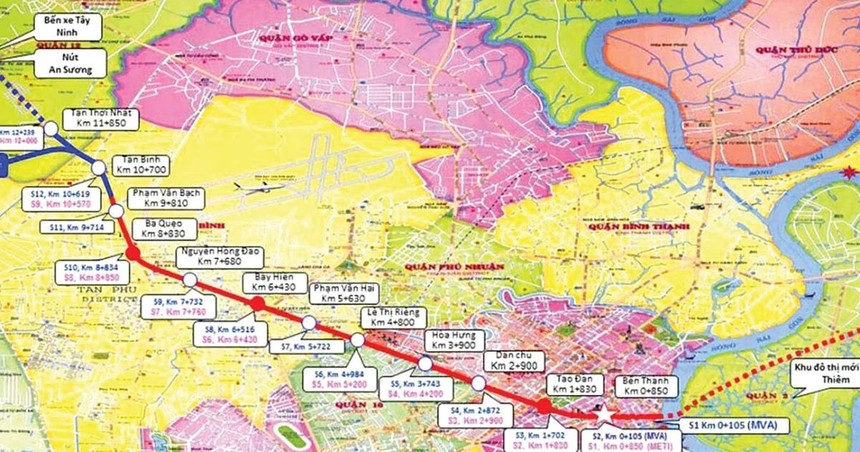
Early 2025 reports suggested a schedule to break ground on the Metro Line 2 project in December. But by late September, that line had shifted to reports HCMC would now “simultaneously break ground on its nine urban metro lines by the end of 2027” - after land clearance procedures for all projects had been achieved.
That means the Metro Lines 2 and 6 options are at least a decade away as an option for HCMC–Long Thanh connectivity.
Even still, experts are at odds about the feasibility of the “nine lines by 2035 completion” target, given HCMC’s Metro Line 1 took nearly two decades to complete.
The difference this time, argue some, is that the key project blockers for any potential rail extension out to Long Thanh won’t be capital – it’ll be land-related. Investor interest and funding aren’t in short supply. But land acquisition, compensation, and site clearance may be another issue.
